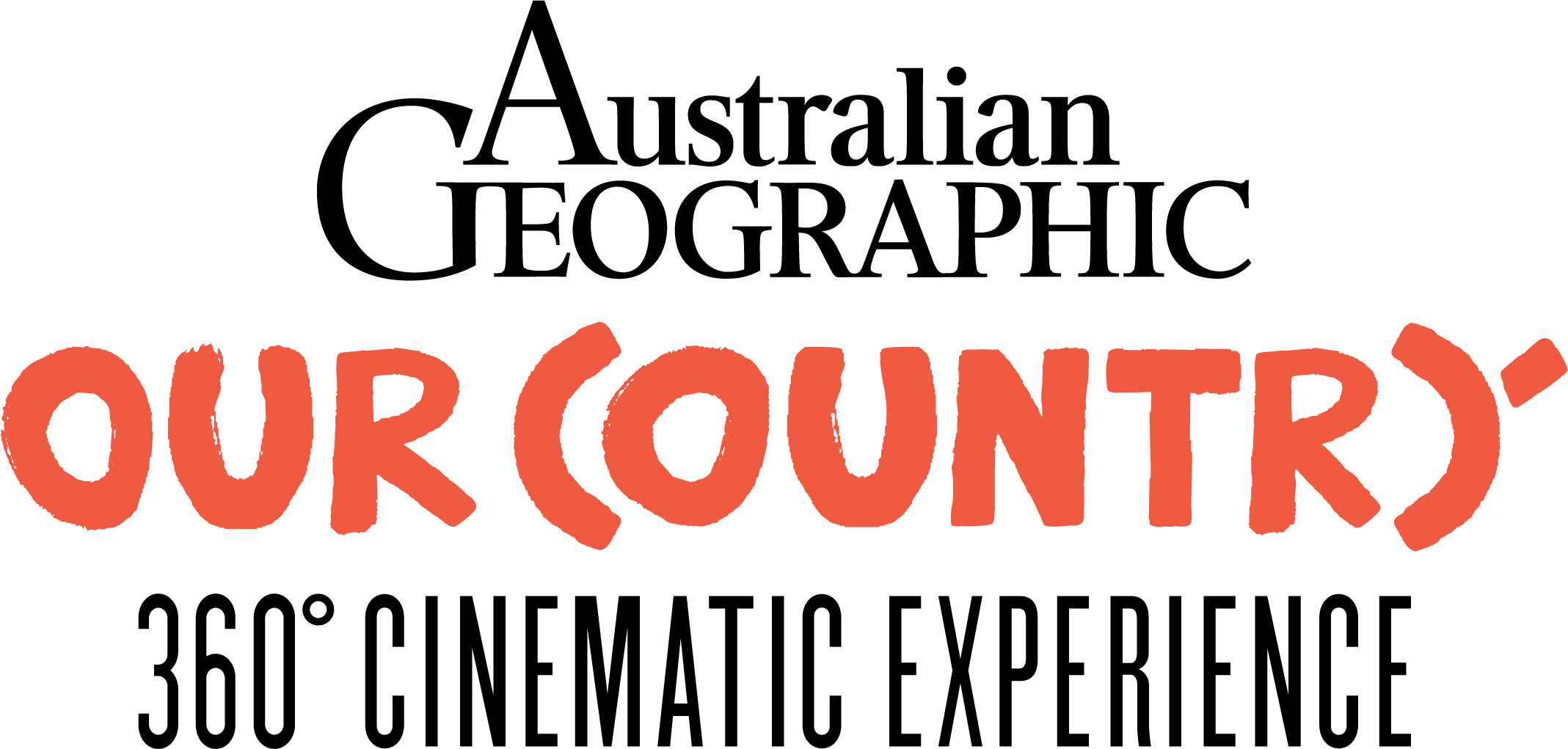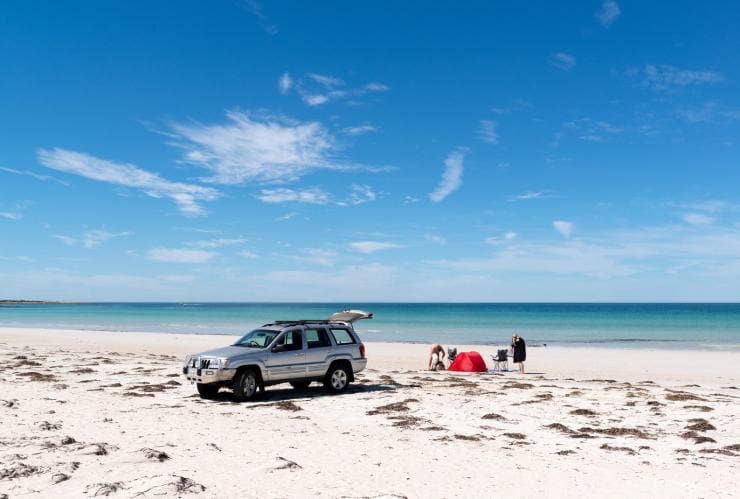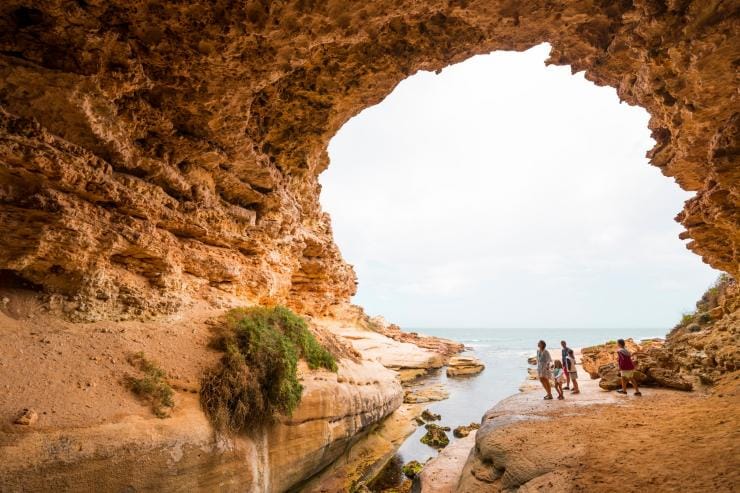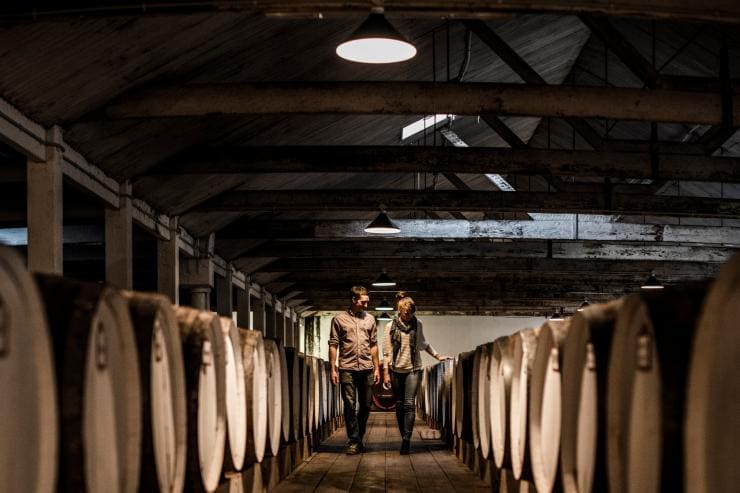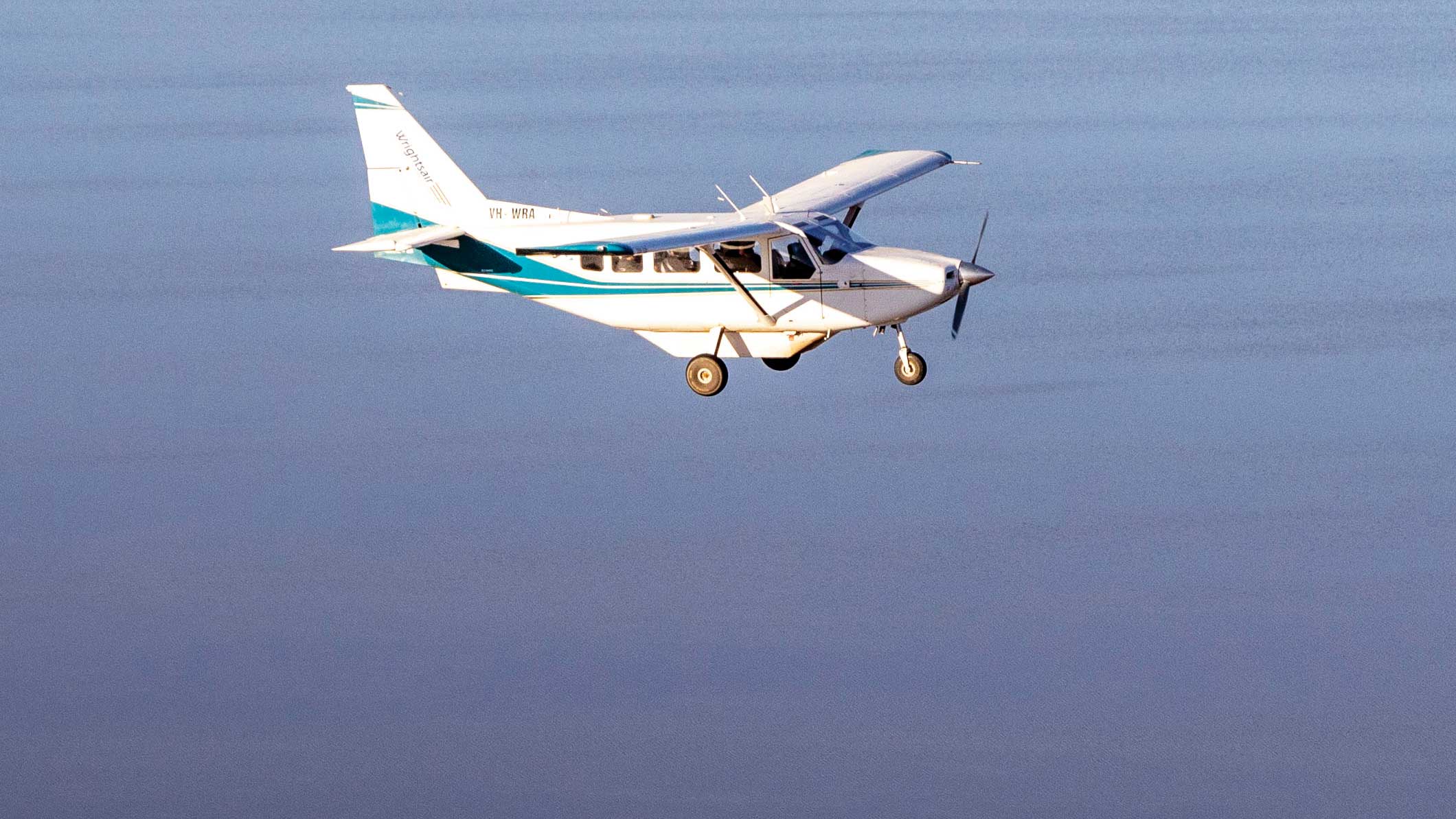
Travel Lake Eyre – Air to Eyre
Words and Images: Chrissie Goldrick
It’s boom time at the tiny outback settlement of William Creek along the dusty Oodnadatta Track in South Australia as news of a once-in-a-decade flooding event at neaby Kati Thanda-Lake Eyre radiates outwards like the effects of a pebble tossed into its turbid, briny waters.
It’s a sunny but chilly Friday afternoon in early May, and William Creek’s quirky hotel has been inundated with enquiries following an ABC TV item the night before. Footage of water surging down through Queensland’s braided inland river channels, turning the red desert green in its wake before emptying into the vast dry lake bed, has pitched William Creek into the global spotlight.
Trevor Wright, proprietor of the William Creek Hotel, woke this morning to more than 200 emails in his inbox, which sent him and his staff into a flurry of activity to meet the sudden demand.
As well as running the hotel, campsite and bar, Trevor, a well-known outback identity, is an experienced bush pilot who runs his own charter airline, Wrightsair. It’s based here at William Creek, which is reputed to be the busiest outback airstrip in Australia.
I’ve been invited by Canon on a guided photography weekend. During the next two days we’ll make good use of Trevor’s airstrip and his team of expert young pilots as we explore this locality from the air.
My seven fellow participants and I can’t believe our luck. We’ve come here to learn to take aerial photos, so the flooding event at the lake is an unexpected bonus.
We have the use of a couple of eight-seater fixed-wing aircraft, GippsAero GA8 Airvans. Affectionately nicknamed flying bricks, each has a large sliding door that can be pulled back for an uninterrupted view of the landscape below.
Everyone’s excited about the photographic possibilities offered by the rising waters, but on the first day we fly off in the opposite direction, to photograph a recently discovered geological marvel – the Painted Hills – in the late afternoon light.
The strange, Martian-looking landscape, daubed with strokes of ochre, yellow and red from minerals leaching from the rocks, rises up from the otherwise flat gibber- and claypan-studded plain on the vast expanse of the Anna Creek cattle station.
It’s not accessible to the general public by road but it’s possible to fly in from William Creek and land on a recently constructed airstrip to explore the area on foot, or simply enjoy from a scenic flight.
During the flight we take turns rotating around the aircraft to sit in the hot seat next to the open door for an unimpeded view of the drama.
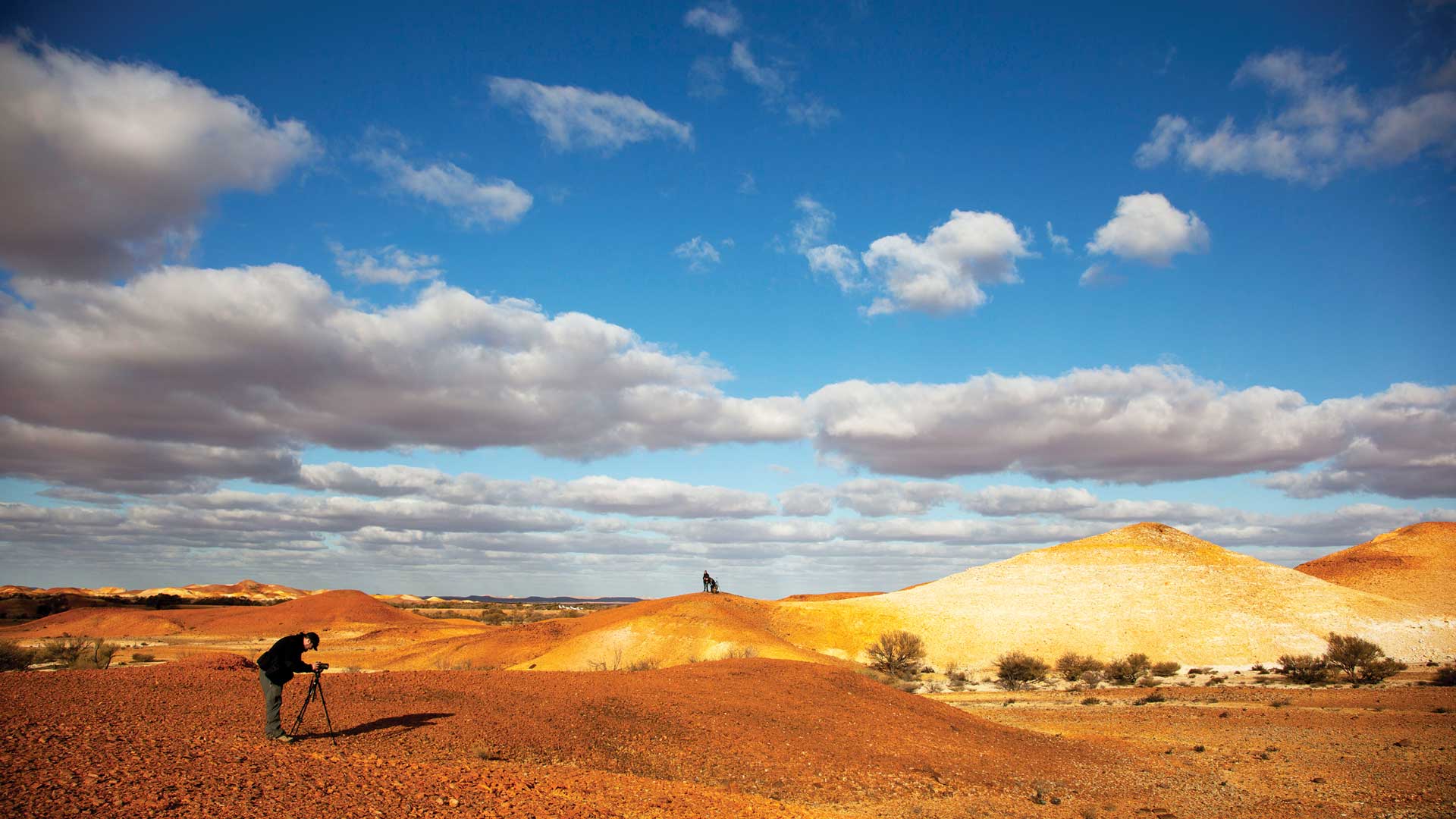
Canon professional photographer Jay Collier sets up for a shot of the Painted Hills in the golden light of late afternoon.
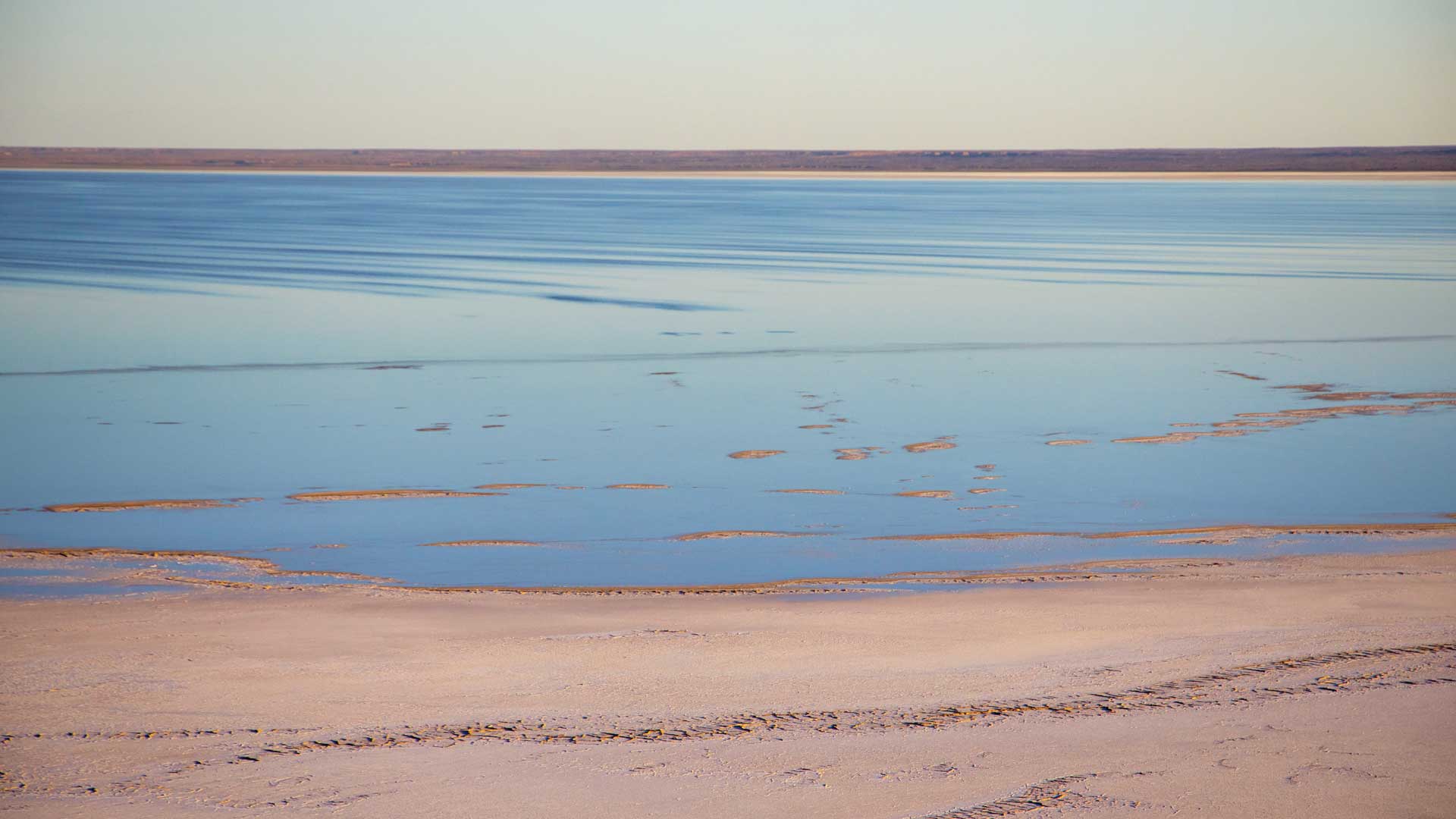
Heavy rains that fell in QLD recently began infiltrating Lake Eyre.
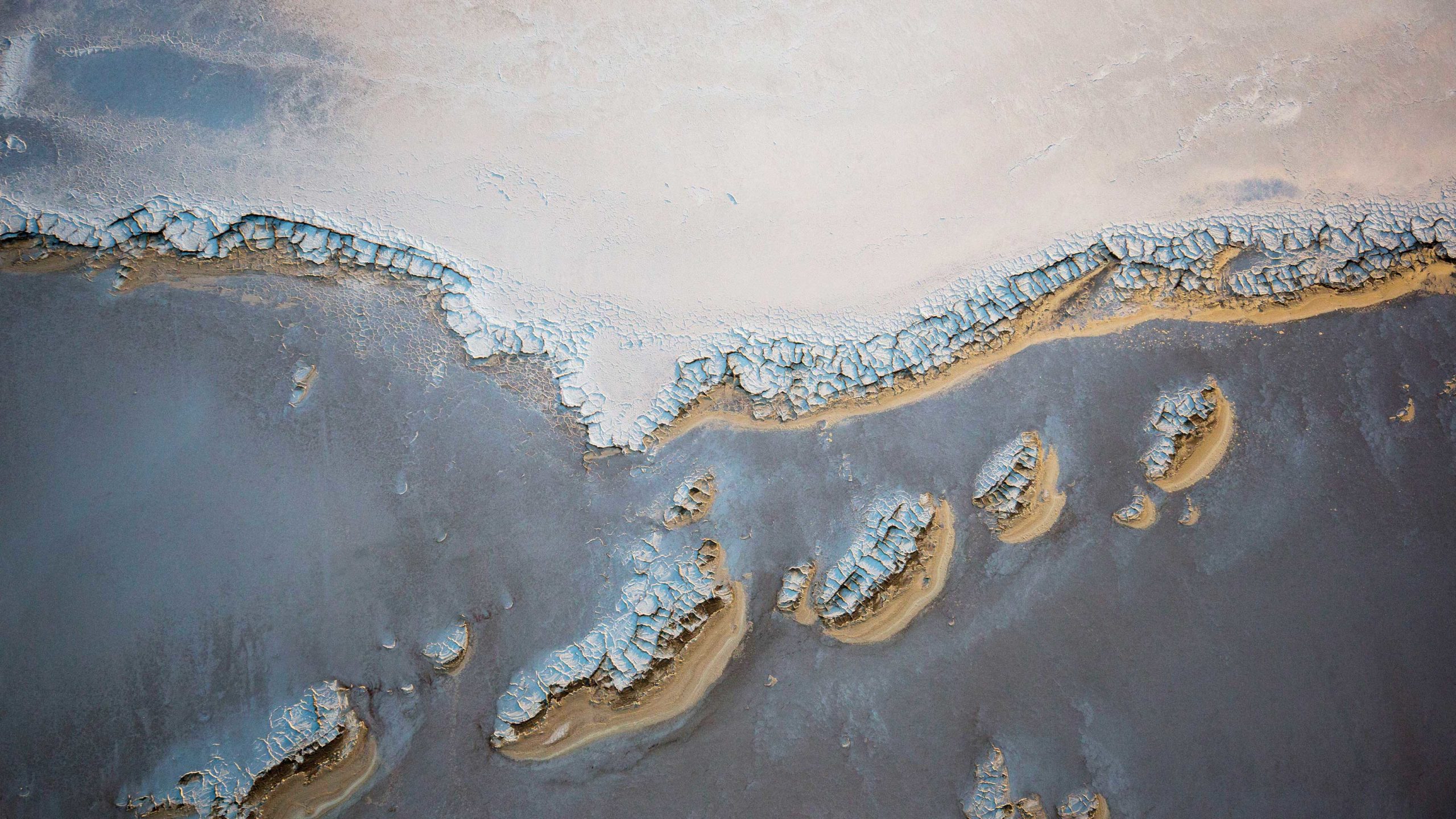
When photographed from overhead, the crystallised shapes and mineral colours along the lake’s dry edges appear as abstract patterns.
We land for a terrestrial tutorial walking among the hills and valleys before taking to the skies once more to make the best of the approaching sunset.
As the light turns gold, the multi-hued hills ignite and the colours intensify to everyone’s breathless delight. The photographers’ silent concentration is palpable now, broken only by the hum of engines and whirr of camera shutters in overdrive. Before long, it’s dark and we’re back at William Creek for the night. Everyone heads to their cabins to begin downloading and checking the day’s images before dinner in the bustling restaurant of the William Creek Hotel.
We’re up and out next day to catch the pre-dawn light over Lake Eyre. As our aircraft climbs above William Creek, the only other thing on the move is a giant road train barrelling down the Oodnadatta Track. A thin white band appears on the horizon; it broadens with every kilometre until it turns into the salt-encrusted shore of Lake Eyre North.
The pilot carefully descends to 150m, the door is tugged open, with some effort, and the shooting begins. As the sunlight gradually appears, it illuminates seemingly limitless waters.
The vastness of the scene is hard to capture in a single frame but the ever-cheerful Steve Huddy offers encouragement as we rotate around the aircraft to take up the coveted shooting position at the door. The low angle of the early sunlight throws the crystallised salt formations along the shoreline into sharp relief and it’s these intriguing abstract sculptures on which Steve recommends we focus our lenses.
We explore the far reaches of the lake for a couple of hours, flying in low along the Warburton Groove, where the fast-flowing floodwaters from the north funnel down a narrow channel before emptying into the lake proper.
In the late afternoon we’re in the air once again and this time Trevor himself is at the controls. Trevor’s a trove of local information and keeps us entertained with his witty anecdotes and stories of his 35 eventful years at William Creek.
He knows the lake well and flies us around even more of its jaw-dropping immensity. He explains how the wind can move the entire body of water from one part of the shallow lake bed to another. The putty-coloured water ripples gently in today’s light breeze and the numerous islands and crusty shorelines provide interest, colour and texture for our photos.
It leaves me to reflect on the true magic of photography as a pastime or a profession – of its incredible ability to take us to places off the beaten track and encourage us to really look closely to identify the beauty in any scene and, hopefully, communicate that beauty to others.
